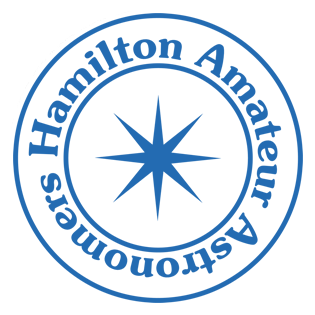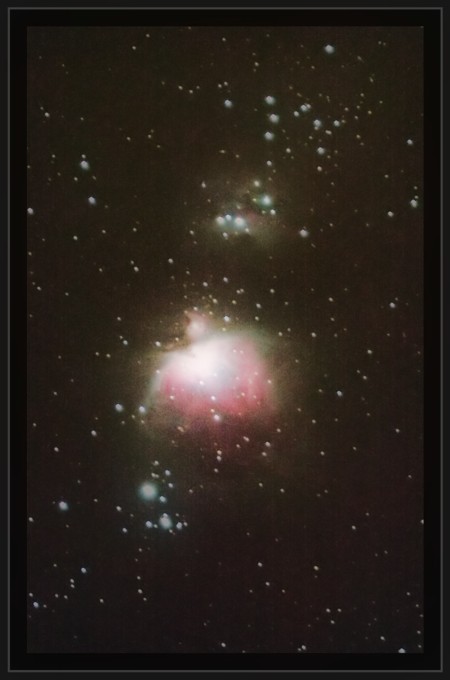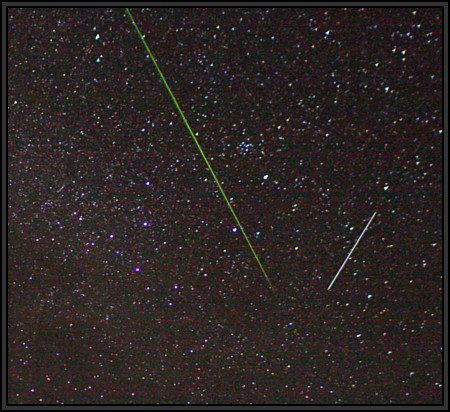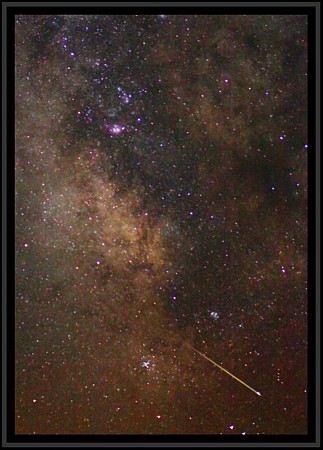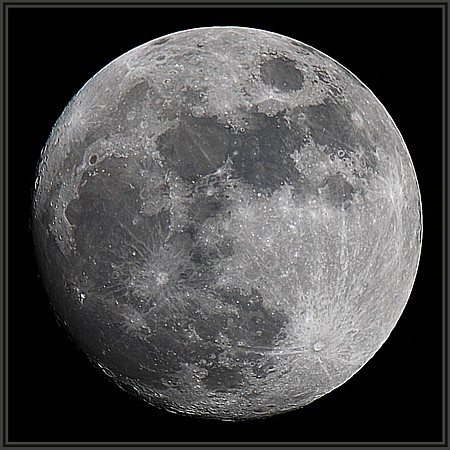Last night I was at a dark sky site (Emmitt Lake – just south east of Tobermory) – absolutely no light pollution – so I set up and started taking 10 to 15 second exposures of the night sky. About 120 images in all. No skyglow. Nice high contrast images. When I started to process the images I discovered pollution of a different nature spread through all but about 10 of my shots… almost every shot had between 1 to 4 satellites or planes tracking through. All of the following images were taken using a Canon EOS40D, a 30mm f/1.4 Sigma Lens, and a standard camera tripod – no tracking. None of the following images were stacked (wouldn’t do any good since the main targets are moving) – single shots of 10 to 15 seconds at ISO 1600.
A meteor (green trail) and a satellite caught on this shot:
A meteor caught just as it started to dissintegrate:
There are 6 satellites tracking through this image – actually, I think the two faint ones are micro-meteors as they are longer (thus travelling faster) and much fainter – can you spot them all?
I have zoomed in a bit and highlighted 4 of the satellites from the previous image (there is actually a faint fifth satellite or meteor that I didn’t highlight and the sixth satellite/meteor was cropped out of this shot):
And another with 2 satellites and 2 planes tracking through:
Most of the other shots had only 1 or 2 objects passing through – by stacking multiple frames these objects can be digitally removed – as in the following image created from 26 ten seconds exposures:
